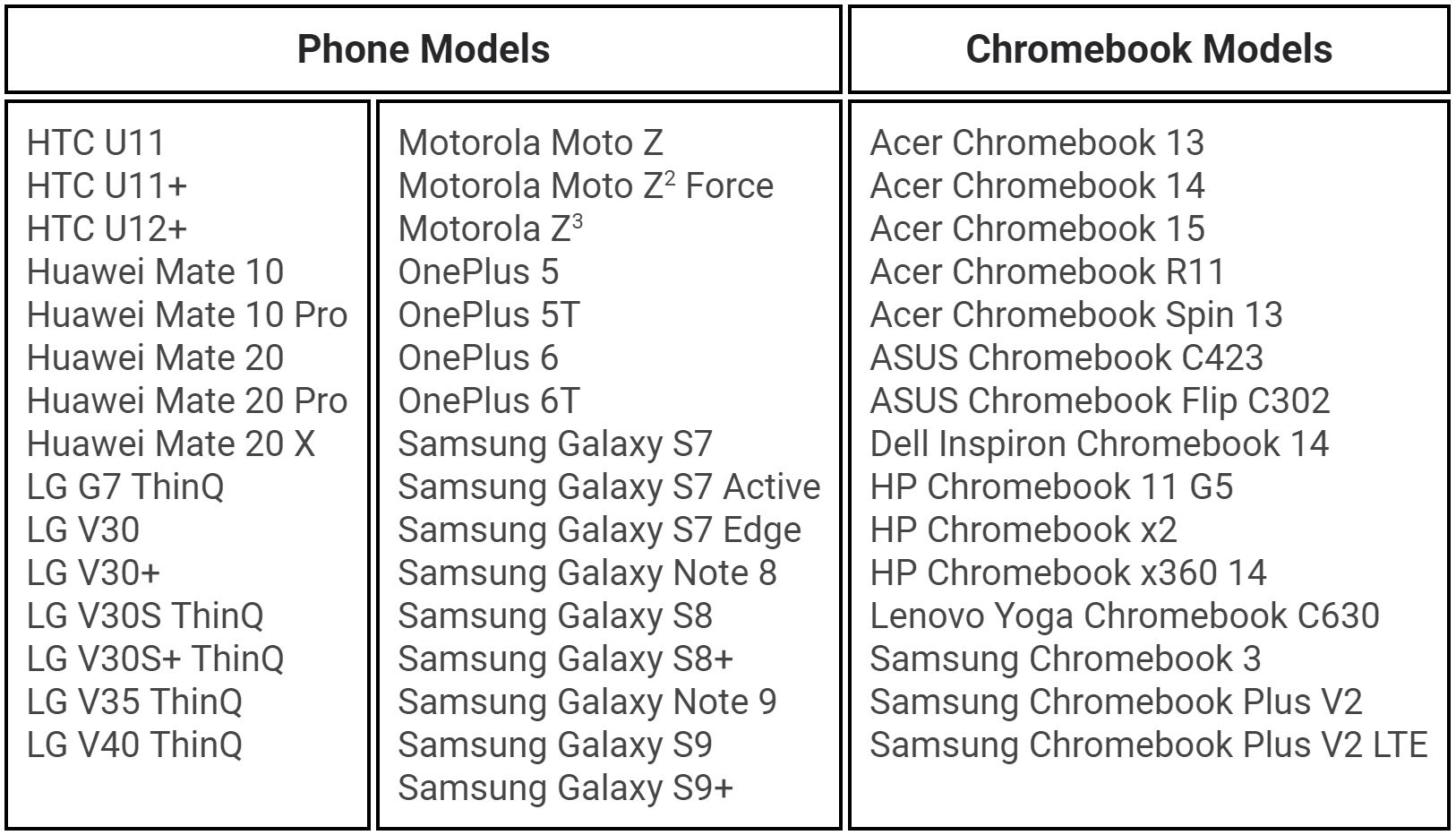Announcements that Apple has partnered with Aetna health insurance on a new app leveraging data from its Apple Watch and reports that Verily — one of the health-focused subsidiaries of Google‘s parent company — Alphabet, is developing a shoe that can detect weight and movement, indicate increasing momentum around using data from wearables for clinical health applications and treatments.
For venture capital investors, the movea from Apple and Alphabet to show new applications for wearable devices is a step in the right direction — and something that’s been long overdue.
“As a healthcare provider, we talk a lot about the important of preventative medicine, but the US healthcare system doesn’t have the right incentives in place to pay for it,” writes Cameron Sepah, an entrepreneur in residence at Trinity Ventures. “Since large employers largely pay for health care (outside of Medicaid and Medicare), they usually aren’t incentivized to pay for prevention, since employees don’t stay long enough for them to incur the long-term costs of health behaviors. So most startups in this space end up becoming an expendable wellness perk for companies. However, if an insurer like Aetna keeps its members long enough, there’s better alignment for disseminating this app.”
Sepah sees broader implications for the tie ups between health insurers and the tech companies making all sorts of devices to detect and diagnose conditions.
“Most patients relationship with their insurer is just getting paper bills/notifications in the mail, with terrible customer satisfaction (NPS) across the board,” Sepah wrote in an email. “But when there’s a way to build a closer relationship through a device that sits on your wrist, it opens possibilities to partner with other health tech startups that can notify patients when they are having mental health issues before they even recognize it (e.g. Mindstrong); or when they should get treatment for hypertension or sleep apnea (e.g. Cardiogram); or leverage their data into a digital chronic disease treatment program (e.g. Omada Health).”
Aetna isn’t the first insurer to tie Apple Watch data to their policies. In September 2018, John Hancock launched the Vitality program, which also gave users discounts on the latest Apple Watch if they linked it with John Hancock’s app. The company also gave out rewards if users changed their behavior around diet and exercise.
In a study conducted by Rand Europe of 400,000 people in the U.S., the U.K., and South Africa, research showed that users who wore an Apple Watch and participated in the Vitality benefits program averaged a 34 percent increase in physical activity compared to patients without the Apple Watch. It equated to roughly 5 extra days of working out per month.
“[It will] be interesting to see how CVS/Apple deal unfolds. Personalized health guidance based on a combination of individual medical records and real time wearable data is a huge and worthy goal,” wrote Greg Yap, a partner at the venture capital firm, Menlo Ventures. But, Yap wrote,I’m skeptical their first generation app will have enough data or training to deliver value to a broad population, but we’re likely to see some anecdotal benefits, and I find that worthwhile.”
Meanwhile the types of devices that record consumer health information are proliferating — thanks in no small part to Verily.
With the company reportedly working to co-develop shoes with sensors that monitor users’ movement and weight, according to CNBC, Verily is expanding its portfolio of connected devices for health monitoring and management. The company already has a watch that monitors certain patient data — including an FDA approved electrocardiogram — and is developing technologies to track diabetes-related eye disease in patients alongside smart lenses for cataract recovery.
It’s part of a broader push from technology companies to tie themselves closer to consumer health as they look to seize a part of the nearly $3 trillion healthcare industry.
If more data can be collected from wearable devices (or consumer behavior) and then monitored in a consistent fashion, tech companies ideally could suggest interventions faster and provide lower cost treatments to help avoid the need for urgent or emergency care.

These “top of the funnel” communications and monitoring services from tech companies could conceivably divert users and future healthcare patients into an alternative system that is potentially lower-cost with more of a focus on outcomes than on the volume of care and number of treatments prescribed.
Not all physicians are convinced that the use of persistent monitoring will result in better care. Dr. John Ioannidis, a celebrated professor from Stanford University, is skeptical about the utility of monitoring without a better understanding of what the data actually reveals.
“Information is good for you provided you know what it means. For much of that information we have no clue what it means. We have absolutely no idea what to do with it other than creating more anxiety,” Dr. Ioannidis said
The goal is to provide personalized guidance where machine learning can be used to identify problems and come up in concert with established therapeutic practices, according to investors who back life sciences starups.
“I think startups like Omada, Livongo, Lark, Vida, Virta, and others, can work and are already working on this overall vision of combining real time and personal historical data to deliver personalized guidance. But to be successful, startups need to be more narrowly focused and deliver improved outcomes and financial benefits right away,” according to Yap.

from Apple – TechCrunch https://tcrn.ch/2S9d0Yd




